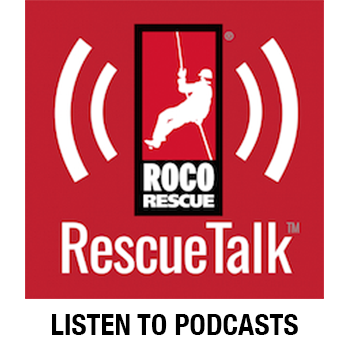 Are you struggling to navigate the complexities of confined space classifications? If so, you may find our latest white paper useful. This detailed analysis offers clear, practical guidance on determining whether a confined space requires a permit or can be managed under alternate entry or reclassification procedures, simplifying compliance for anyone managing a permit-required confined space program.
Are you struggling to navigate the complexities of confined space classifications? If so, you may find our latest white paper useful. This detailed analysis offers clear, practical guidance on determining whether a confined space requires a permit or can be managed under alternate entry or reclassification procedures, simplifying compliance for anyone managing a permit-required confined space program.
This guide will improve your understanding of how to properly apply the (c)(5) and (c)(7) procedures, ensuring the highest safety standards at your site. You’ll gain insights into avoiding common pitfalls, such as the prohibited practice of combining C5 and C7, which can prevent costly mistakes and ensure adherence to OSHA regulations. The paper also includes a C5/C7 Quick Reference Guide, designed to provide quick answers and streamline your decision-making process.
This paper explains the terms and requirements of C5 and C7 with straightforward language and real-world examples. It provides actionable steps to help you classify and manage confined spaces safely and efficiently. Equip yourself with the knowledge to make informed decisions about confined space safety.
Interested in a workshop or consultation from Roco Rescue? Contact us at 800-647-7626 or info@rocorescue.com.
Enhance your confined space safety program with expert insights and practical solutions.












 Half-face respirators
Half-face respirators Self-contained breathing Apparatus (SCBAs)
Self-contained breathing Apparatus (SCBAs) Supplied Air Respirators (SARs)
Supplied Air Respirators (SARs)
 Fall Arrest vs. Fall Restraint:
Fall Arrest vs. Fall Restraint: Choosing Between Fall Arrest and Fall Restraint:
Choosing Between Fall Arrest and Fall Restraint:



